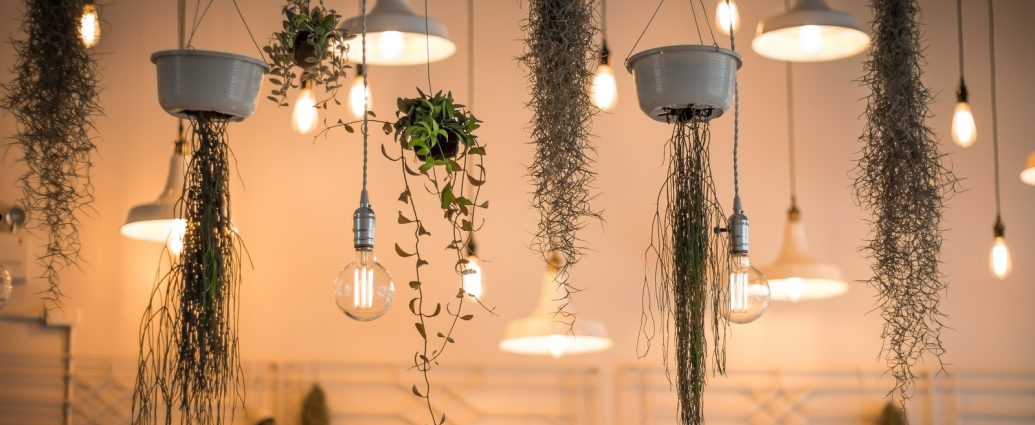The right lighting can make all the difference in the world, transforming a dull room into a cosy haven. It can create an inviting atmosphere, start a lively conversation, and even heighten the dramatic atmosphere. Lighting is a functional element of any house, but it’s also a great opportunity to show off your personality and establish your design aesthetic. There are several new aesthetics that we can expect to dominate, whether you’re seeking a new chandelier or are just trying to add visual interest with some table lamps. There are a few lighting trends that are sure to take off in 2023 if you are curious about what kinds of lighting trends will be making waves that year. (Also read: Interior design year-ender: Home decor trends of 2022 that will gain more prevalence in New Year 2023 )
In a conversation with HT Lifestyle, Alok Hada, Managing Director at Anusha Technovision Pvt. Ltd, shared top lighting trends to look for in 2023.
1. Smart lighting controls
In 2023, a large number of high-end residential homes, commercial buildings, and hotels around the world will be equipped with smart lighting controls or would aspire to do so. These controls will include dimmers, occupancy sensors, and IoT-enabled lighting systems, which are capable of responding seamlessly to the user’s programming preferences. Due to the development of cutting-edge technology, users will no longer need to rely on additional applications or virtual assistant devices to control their lights. Instead, the smart lighting system will be able to detect unoccupied spaces, automatically dimming and turning off lights as necessary. Additionally, mood lighting will start to become increasingly popular, providing homeowners with improved ambience and atmosphere. All in all, smart lighting controls will have revolutionized the way we interact with our homes and the environments we live in.
2. Workplace lighting
In 2023, the demand for workplace lighting controls will rapidly rise due to the majority of the population working in hybrid. Smart lights, which have the capability of automatically adjusting their brightness and colour temperature according to the time of day, will become increasingly popular. Additionally, lights that are set to modify their colours and brightness to cater to the specific needs of users, such as during Zoom meetings, will be highly sought-after. Human Centric Lighting or Lighting that changes with the body clock and enhances wellness will increasingly be in demand. With these intelligent systems, users no longer need to manually adjust their lighting, promoting a more productive and efficient work environment.
3. Energy-saving lights
Global warming is a crisis that cannot be ignored, and energy-saving lights will play an important role in reducing carbon emissions. The need to save the planet has led to the development of energy-saving lightbulbs, which provide the same amount of light while consuming less electricity. In the coming years, energy-saving lights will cover almost all the homes in the nation and contribute significantly towards the goal of reducing the negative impact of conventional lighting. In addition, energy-saving lightbulbs are manufactured with a longer life span in comparison to traditional lightbulbs, thus allowing for greater savings in the long run.
It is obvious that the conventional lighting systems currently in use are reaching their twilight years. By 2023, it is anticipated that smart lights with enhanced brightness and lighting efficiency and user-defined flexibility will make living and working areas brighter and more energy-efficient.
